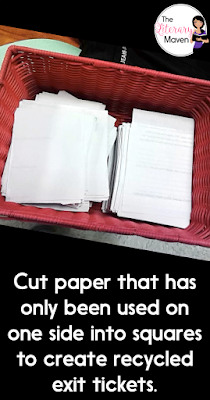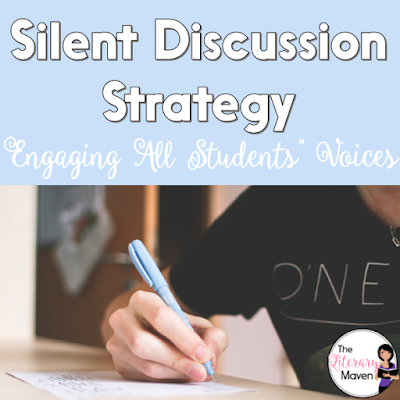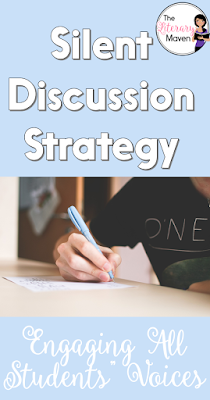Managing behavior consumes a lot of my time, sometimes more time than lesson planning and teaching, so being able to quickly and easily contact parents is important. I need parents to work with me to support their child and in order for that to happen, I start building a relationship with them from the very first day of school. This is important regardless of the "type" of students you teach. Here are some tips on how to do that.
Tip 1: Attach parent and student surveys to your syllabus. These should be handed out on the first day of school and ask for parent contact information. Make it count for a grade so students have an incentive to return it. I also give out copies of the survey at Back to School Night to any parents who have not yet filled it out. You can find printable, editable, and Google Form versions of my parent and student surveys here.
In my parent survey, I collect contact information, but also
give parents the opportunity to share their child’s strengths and weaknesses,
how their child learns best, possible distractions for their child, and any
other important information they might want to share. Parents will often share
information about medical conditions, past or present emotional or traumatic
experiences the student may be dealing with, etc. As this type of information
may not even be a part of a student’s file, I find this information invaluable.
Tip 2: Call all parents on the first day of school. If that isn't feasible, shoot for at least the first week. This allows you to introduce yourself and create a positive relationship before any problems arise. This is also how I figure out which students' phone numbers don't work and can start working on finding ones that do work.
Tip 3: Save parents' numbers in your phone. This will save you time later when you are hunting for a number AND you can call parents anywhere: at school, at home, sitting in the parking lot, waiting in line somewhere. I do a lot of calls on my drive home from school with my hands-free headset. Another plus is when parents call you back, you'll know who is calling if the number is saved in your phone.
Tip 4: Log all of your parent contact for documentation purposes. Everything you do is to help your students but you also can never do enough to protect yourself. When I first started teaching, I would create a word document for each of my students where I kept a running log of each phone call, email, detention, conference, etc. When a student's behavior warranted disciplinary action, I had a whole list of the interventions I put in place before referring the student to the dean or principal.
Navigating through all of those Word documents became cumbersome, so now I use a Google Form version where I can enter all parent communication and then create a spreadsheet which can be sorted, downloaded and printed as needed. You can find printable, fillable PDF form, and Google Form versions of that parent contact log here.
Navigating through all of those Word documents became cumbersome, so now I use a Google Form version where I can enter all parent communication and then create a spreadsheet which can be sorted, downloaded and printed as needed. You can find printable, fillable PDF form, and Google Form versions of that parent contact log here.
Tip 5: Call before little stuff becomes big stuff, and call for the good stuff too. Don't wait until that student who is growing increasingly hostile explodes on you. A phone call home may reveal a larger issue out of your control, but if you know about it you can be a little more sensitive to a student's needs or emotional state.
If it's negative, I can't emphasize the importance of calling over emailing a parent. Tone can be misinterpreted in emails, while in a phone call, parents can hear your desire to work with them to help their student. You can always send a follow up email afterwards to document the conversation.
And parents don't want to just hear from you when their child is acting up. Try to make positive phone calls every so often about good behavior, good grades, etc. to maintain a positive relationship with your parents.
If it's negative, I can't emphasize the importance of calling over emailing a parent. Tone can be misinterpreted in emails, while in a phone call, parents can hear your desire to work with them to help their student. You can always send a follow up email afterwards to document the conversation.
And parents don't want to just hear from you when their child is acting up. Try to make positive phone calls every so often about good behavior, good grades, etc. to maintain a positive relationship with your parents.












